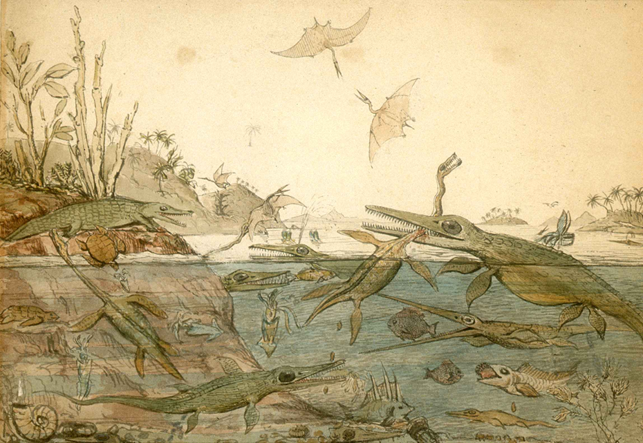Sites of knowledge

This paper will introduce History and HPS Part II students to three interrelated themes: the history of knowledge, the history of space and the history of material culture. The period covered includes several significant developments within the history of science, variously termed the “birth of the clinic”, the “Spirit of System”, the “Chemical Revolution”, the invention of zoology and anthropology, the discovery of deep time, and the rise of Romantic Naturphilosophie. The decades between the early eighteenth and mid-nineteenth centuries were also characterised by political and social upheaval, from the many political revolutions in Europe, via the transformations of daily life facilitated by industrialisation, to global contacts in the context of the second European empires.
In this period, spatiality played a vital role in the making of new natural knowledge. Contemporary attempts to order the world, explore the skies or exploit the subterranean realms confront the historian with questions about local, transnational and global dimensions of knowledge. The emergence of middle-class leisured pursuit of the sciences and arts created new scientific sites such as zoos, gardens, museums, and lecture or concert halls. Scientific expertise and instruments were enrolled in the pursuit of European imperial projects, and the sciences held an important place in attempts to craft ‘the nation’ as an imagined and inscribed space. The paper draws on recent scholarly attention to the histories of space and urbanisation, coupling these with the new political history of knowledge and instruments, and with cultural historical interest in sites such as museums, gardens, and collecting.
Structure:
PART I: REINVENTING SPACES
1. Linnaeus’s Gardens
2. The Public Museum
3. The Artisan’s Workshop
4. Dejima’s Electrical Machine
PART II: PLOTTING THE WORLD
5. Plumbing the Depths
6. All That They Surveyed
7. Up Mount Chimborazo
8. Artisans’ Places
PART III: NEW PLACES OF INVESTIGATION
9. Thomas Beddoes’ Pneumatic Institute
10. Taking to the Skies
11. Museums of Nature
12. Worlds Within
PART IV: CONNECTIVITY
13. The Penny Magazine
14. Napoleon’s Telegraph
15. Bakeslee’s Meadows
16. Prof. Magnus’ Living Room
This material is intended for current students but will be interesting to prospective students. It is indicative only.
